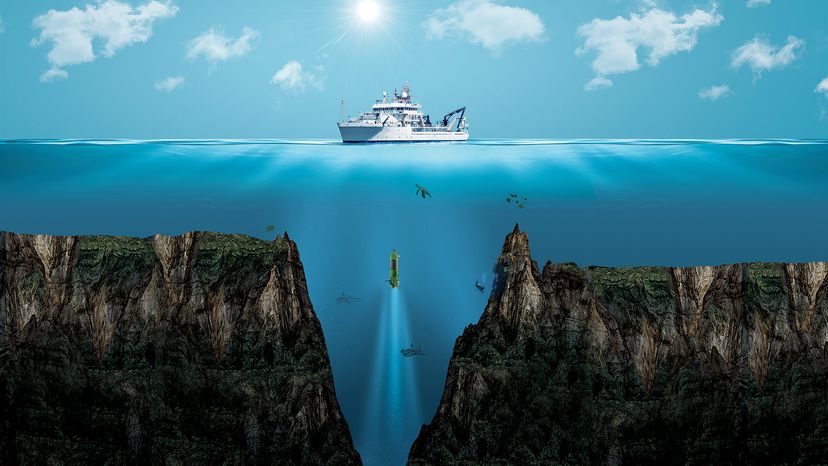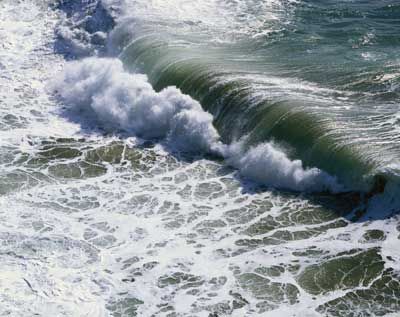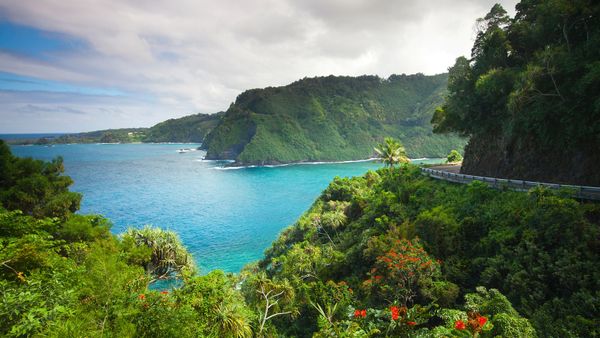
To know the ocean is to know some mind-boggling numbers.
About 71 percent of Earth's surface is covered by seawater. All that liquid takes up more than 332,519,000 cubic miles — or 1,386,000,000 cubic kilometers — of space in total.
Advertisement
The official website of the U.S. National Oceanic and Atmospheric Administration says there's enough water in the ocean to "fill about 352,670,000,000,000,000,000 gallon-sized milk containers!"
Now let's go out on a limb and assume you don't have that many spare milk jugs lying around. Here's another crazy visual: In theory, you could use the ocean to cover the entirety of the United States (yes, that includes Alaska and Hawaii) in a column of water measuring over 82 miles (i.e., 132 kilometers) tall.
Pardon us for using a four-letter word, but ... dang!
It's no surprise that some of the most frequently asked questions about our ocean involve its depth. How deep is the ocean? Where's the very deepest part of it? And what's the ocean's average depth?
You'll learn the answers to those inquiries about the deep sea today, and as a bonus, you won't even need to pack your scuba gear.
Advertisement



